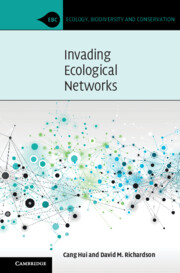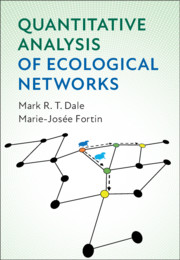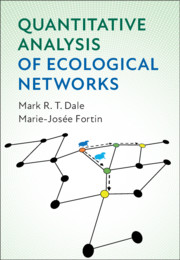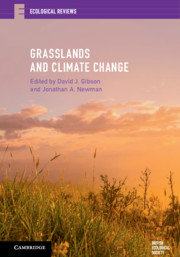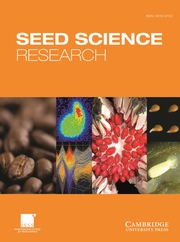Invading Ecological Networks
Until now, biological invasions have been conceptualised and studied mainly as a linear process: from introduction to establishment to spread. This volume charts a new course for the field, drawing on key developments in network ecology and complexity science. It defines an agenda for Invasion Science 2.0 by providing new framings and classification of research topics and by offering tentative solutions to vexing problems. In particular, it conceptualises a transformative ecosystem as an open adaptive network with critical transitions and turnover, with resident species heuristically learning and fine-tuning their niches and roles in a multiplayer eco-evolutionary game. It erects signposts pertaining to network interactions, structures, stability, dynamics, scaling, and invasibility. It is not a recipe book or a road map, but an atlas of possibilities: a 'hitchhiker's guide'.
- Provides a 'hitchhiker's guide' to Invasion Science 2.0
- Introduces the theory of open adaptive networks, step-by-step, using explanations in ordinary-language and examples throughout
- Stimulates thinking towards novel ecosystems under persistent transition and turnover of species
Reviews & endorsements
'This book represents a significant contribution to the field by articulating important ecological questions in the context of previous work in invasion science and by providing new perspectives that ecologists need in order to face the great environmental challenges of our time.' Laura Burkle, The Quarterly Review of Biology
Product details
May 2022Adobe eBook Reader
9781108805001
0 pages
This ISBN is for an eBook version which is distributed on our behalf by a third party.
Table of Contents
- 1. Invasion science 1.0
- 2. Relentless evolution
- 3. Network assembly
- 4. Regimes and panarchy
- 5. Network transitions
- 6. Network scaling
- 7. Rethinking invasibility.

